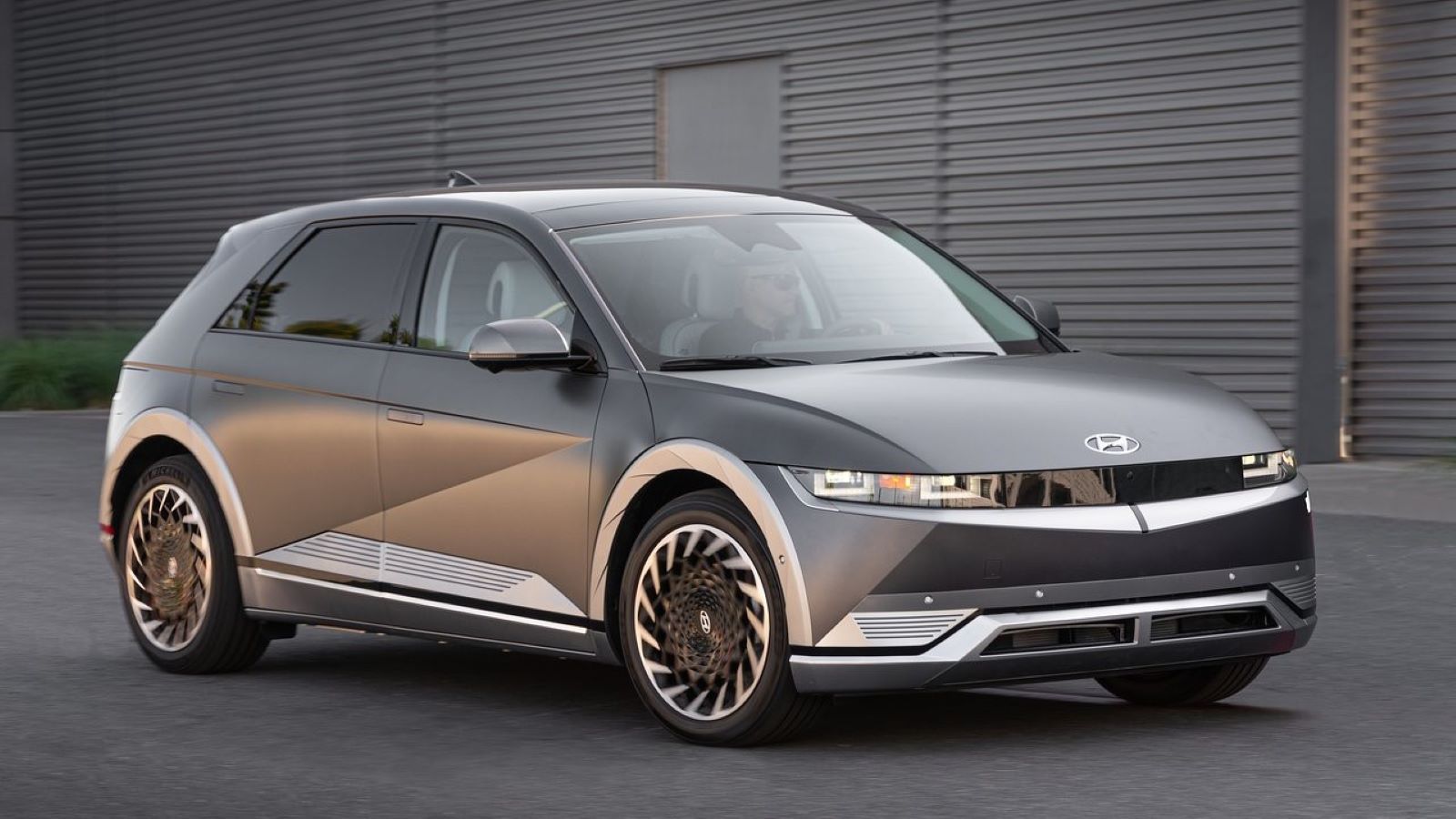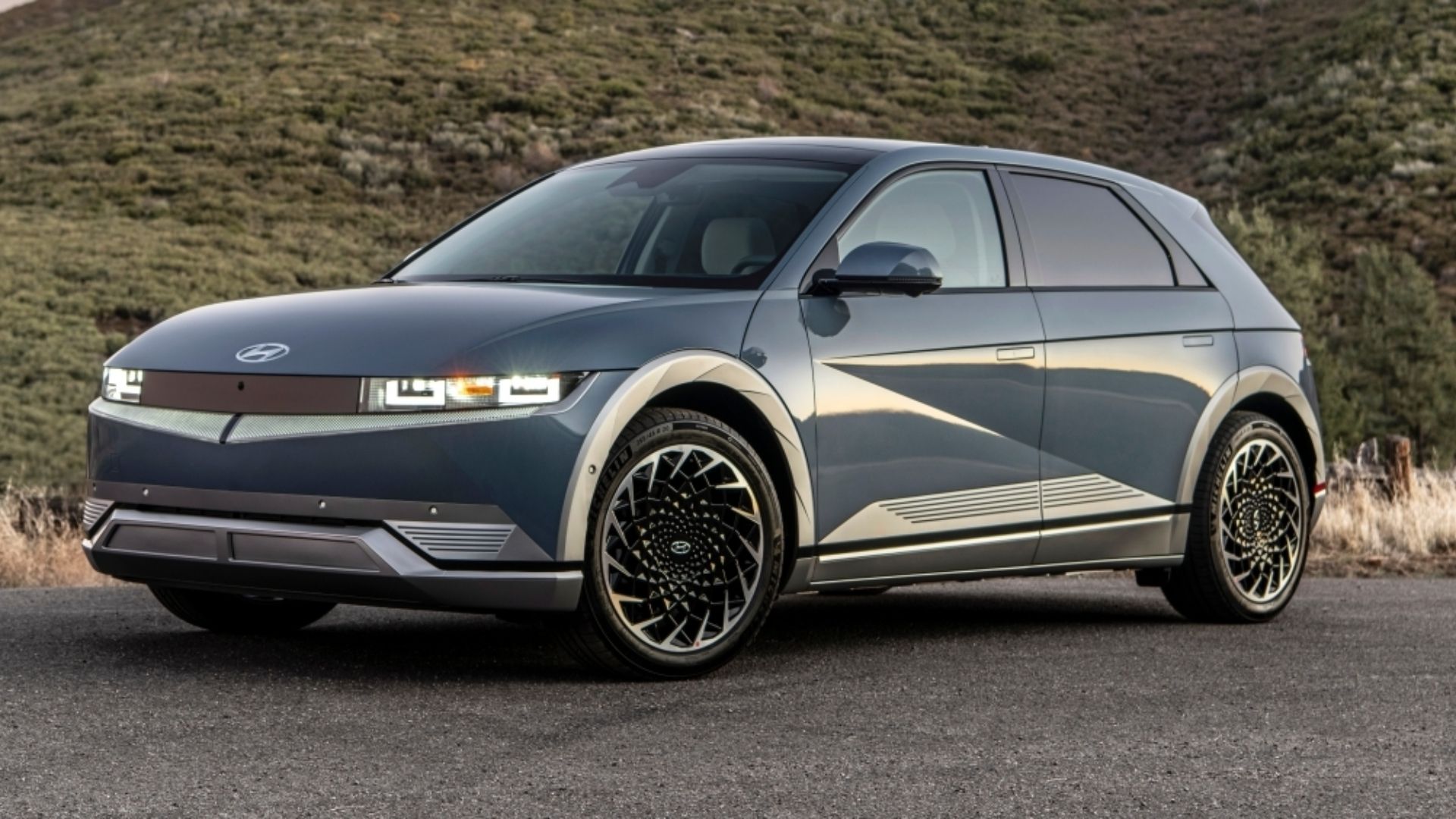With the rapidly growing electric vehicle industry, automakers are consistently working on tweaking, improving, and innovating. What started off at Hyundai as a hatchback has now been followed up by newer models. After the Hyundai Ioniq 5 came the Hyundai Ioniq 6, and we are already in the making for Hyundai Ioniq 7. Without the Ioniq 5, there could not have been an Ioniq 6 and that’s on the Ioniq 6 essentially being a sedan version of the Hyundai Ioniq 5. Of course, the Ioniq 6 differs from the Ioniq 5 in several ways. Many believe the successor model in any series, by proxy, is always better than its predecessor. However, this isn’t always the case.
The Ioniq 5 Features A Futuristic Design With Hyundai’s Heritage Preservation
It seems that the sleek aerodynamic design has hit the electric vehicle market by storm so much so that most EVs found on the road all look the same. The Hyundai Ioniq 5 features a more boxy shape compared to its sleeker brethren, the Ioniq 6. The Ioniq 5 is able to perfectly encapsulate a futuristic yet retro design within the Ioniq 5, which sets the electric crossover apart from most other vehicles. The retro yet futuristic shape of the Ioniq 5 has an iconic inspiration behind it - The 1974 Pony Coupe concept. The inspiration and concept make the Ioniq 5 a part of Hyundai’s heritage, which makes it a much more in-demand model. The Ioniq 5 also features parametric pixels within its head and tail lights, thus preserving and reinforcing Hyundai’s signature pixelated design within its electric vehicles series.
The Ioniq 5 Offers More Cargo Space Than The Ioniq 6
Hyundai Ioniq 5 has a lot going for it and one feature that makes it better than its successor, the Ioniq 6, is its ample cargo capacity. The Ioniq 5 offers 27.2 cubic feet worth of cargo space at its rear. Since the electric SUV comes with second-row seats that are foldable. Once folded, the rear cargo capacity increases to 59.3 cubic feet. Additionally, the Ioniq 5 offers a trunk at the front with one cubic foot worth of space and a power liftgate courtesy of higher trims.
As for the Ioniq 6, the cargo capacity can be termed as subpar at best. The Ioniq 6 only offers 11.2 cubic feet worth of cargo space in its rear trunk. Although the Ioniq 6 also comes with a front truck, it only hosts a cargo space worth 0.5 cubic feet. While the Ioniq 5 allows for easy access to its cargo space, the same cannot be said for the Ioniq 6. The successor Hyundai electric vehicle features a trunk that has quite a narrow opening, which makes it difficult to place bulky and big items within it. However, just like the Ioniq 5, the Ioniq 6, too, comes with a hands-free lid for its trunk so not all hope is lost.
The Ioniq 5 Has More Power With Better Performance
Of course, there is no one Hyundai Ioniq model that doesn’t offer great power, performance, and acceleration. However, when put to the test, the Ioniq 5 is able to accelerate from 0 to 60 MPH much faster than the Ioniq 6 and it all comes down to the overall combination of both the electric vehicles’ specifications. Both the Ioniq 5 and Ioniq 6 come with rear-wheel drive along with a singular electric motor powered by Hyundai’s standard 53 kWh battery pack. However, when looking at the horsepower generated by that motor and battery pack, the Ioniq 6 produces 149 horsepower while the Ioniq 5 produces 168 horsepower. When put to the acceleration test, the Ioniq 5 was able to accelerate from 0 to 60 MPH in a mere 4.5 seconds. However, the Ioniq 6 took 1.7 seconds more, with an overall sprint time of 0 to 60 mph to 6.2 seconds.
Interior Features - It’s Not All That Different
As both models are within the same series, there is much that the Ioniq 5 and the Ioniq have in common and one key feature is the interior specifications. It seems that the Hyundai Ioniq 5 featured a host of popular entertainment tech, so much so that the brand didn’t feel it necessary to bring about any change in the Ioniq 6. Both models feature a dashboard panel with two separate 12.3-inch touchscreen displays mounted in the front. The first is placed in front of the driver while the other one is mounted right next to it. The system at the front of the driver includes gauge clusters pertaining to any functions related to the drive. As for the display screen accessible to the front passenger seat, this one works as an infotainment system complete with Apple CarPlay and Android Auto with smartphone integration. This entire front console design is shared by both Ioniq models. Both models also come with a wireless charger and USB ports accessible at the front and back. The entertainment system is then completed with a Bose eight-speaker audio system, and LED lights that can change color.
As the Ioniq 5 is a much boxy and muscular model as compared to the lower and thinner successor model, these features are a lot more comfortable to use in the Ioniq 5. There is more space to move around, which makes long drives significantly more entertaining and comfortable in the Ioniq 5. The Ioniq 5 is no doubt a class apart. It is the first electric vehicle under the brand Hyundai to be termed a Heritage electric vehicle. As for its performance, the Ioniq 5 offers more torque, higher horsepower, and is able to accelerate from 0 to 60 mph 1.7 seconds faster than the Ioniq 6. Combining all these superior specifications with the same interior as the next-generation model, there is no doubt that in many ways the Ioniq 5 is better than the Ioniq 6.






